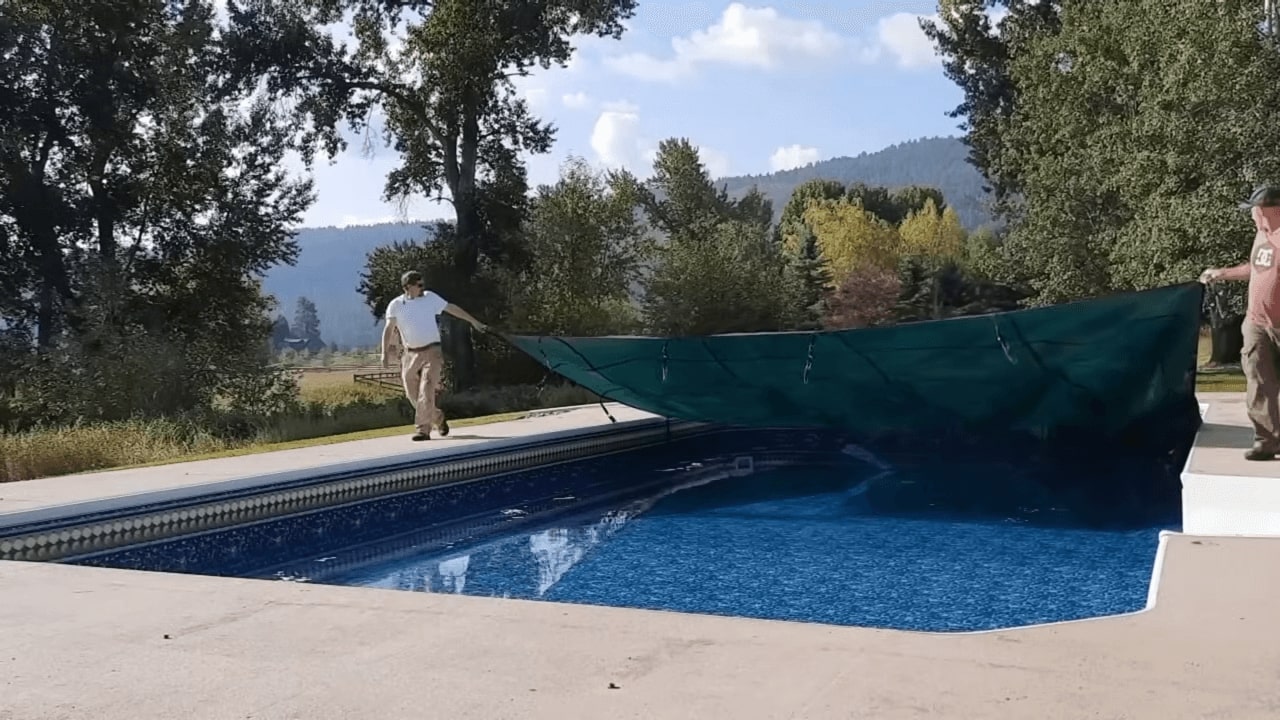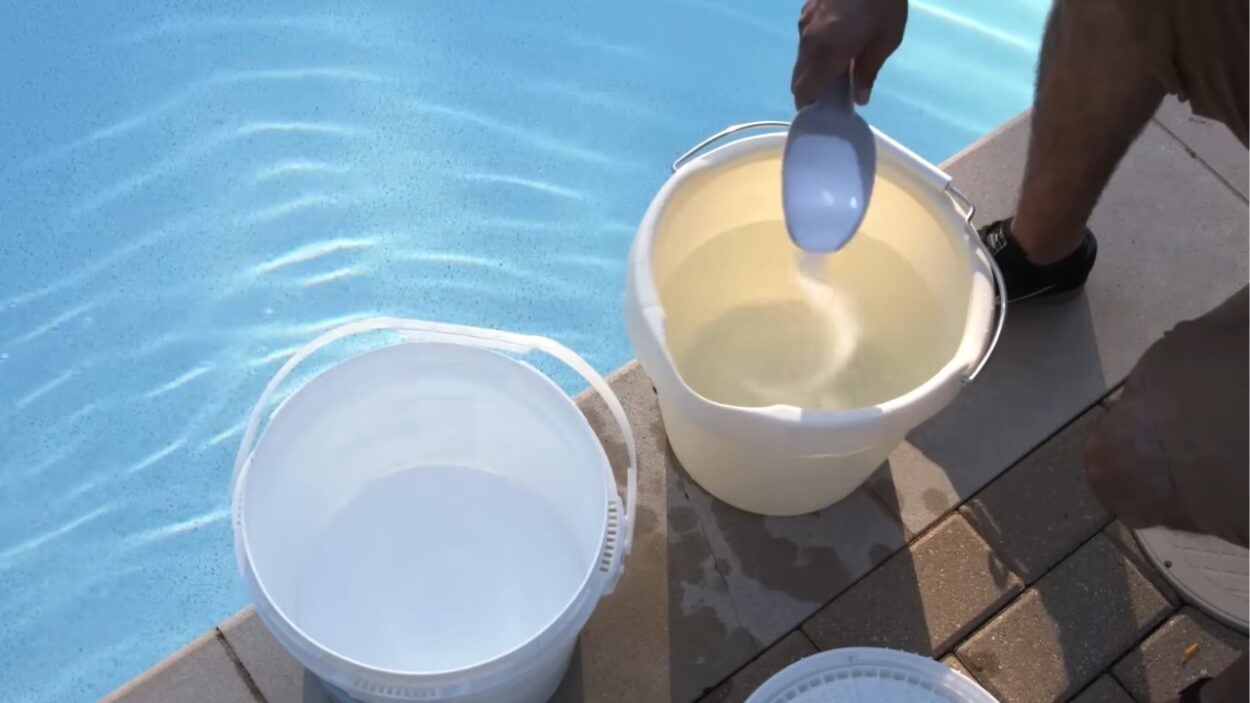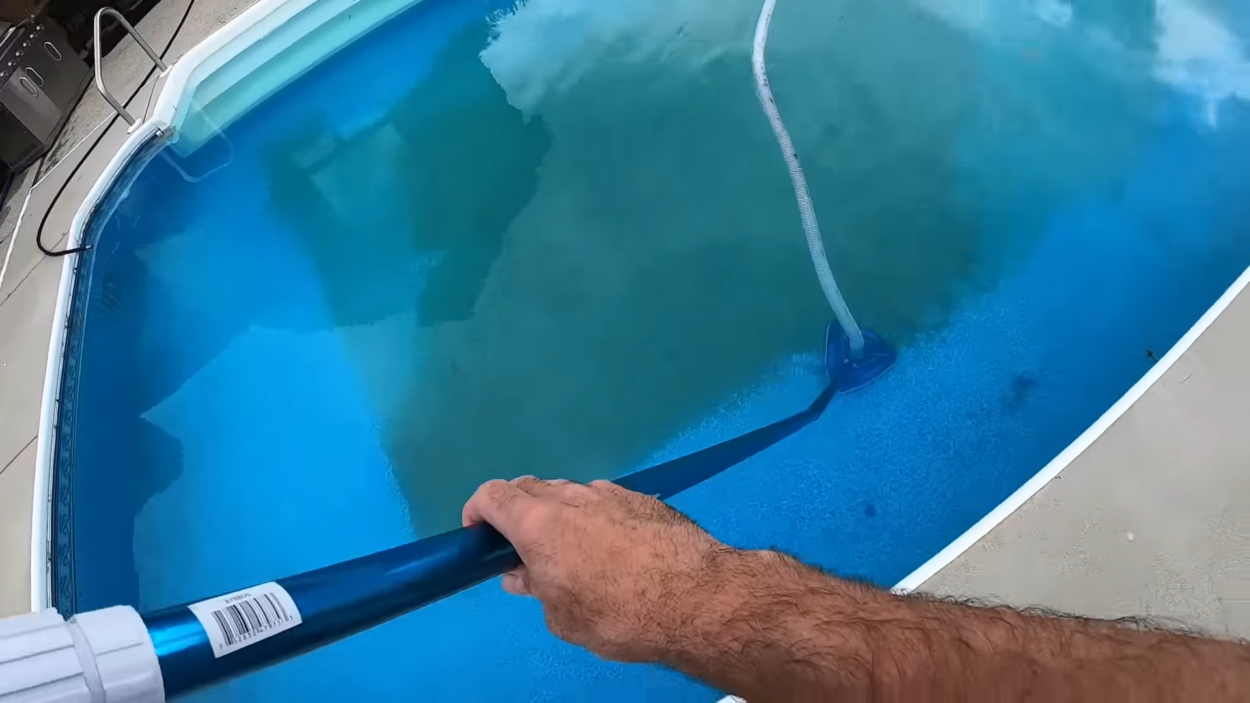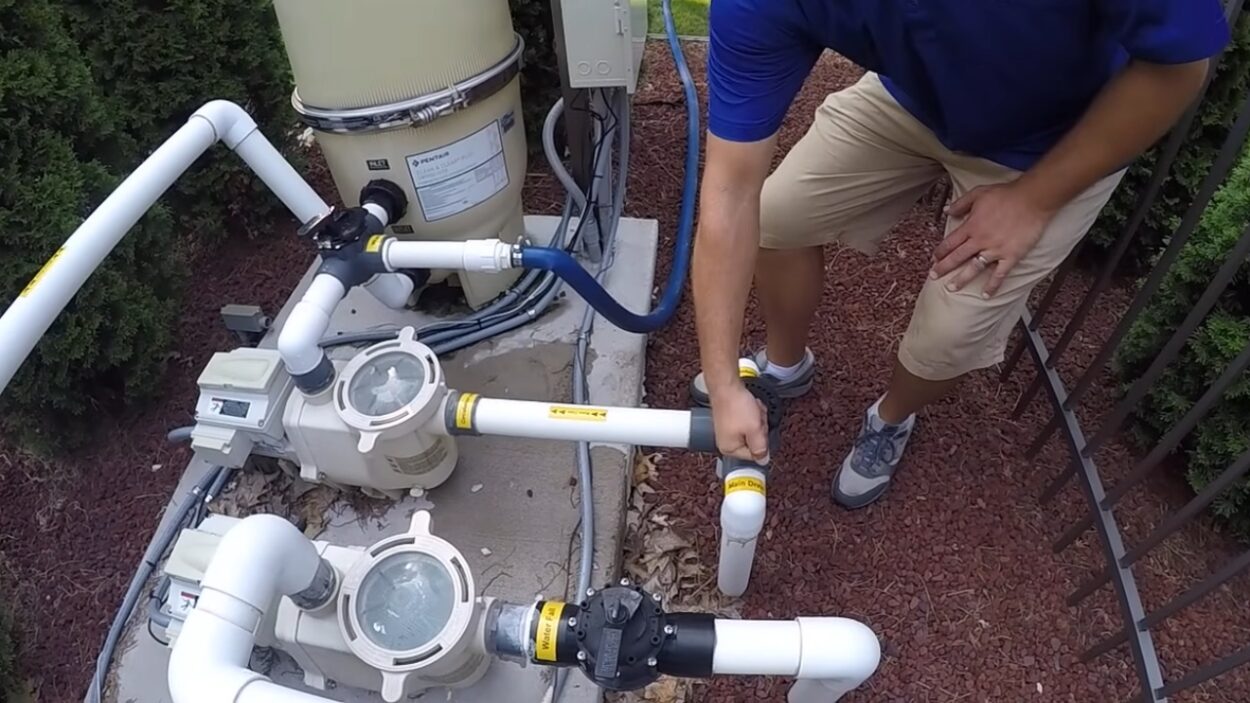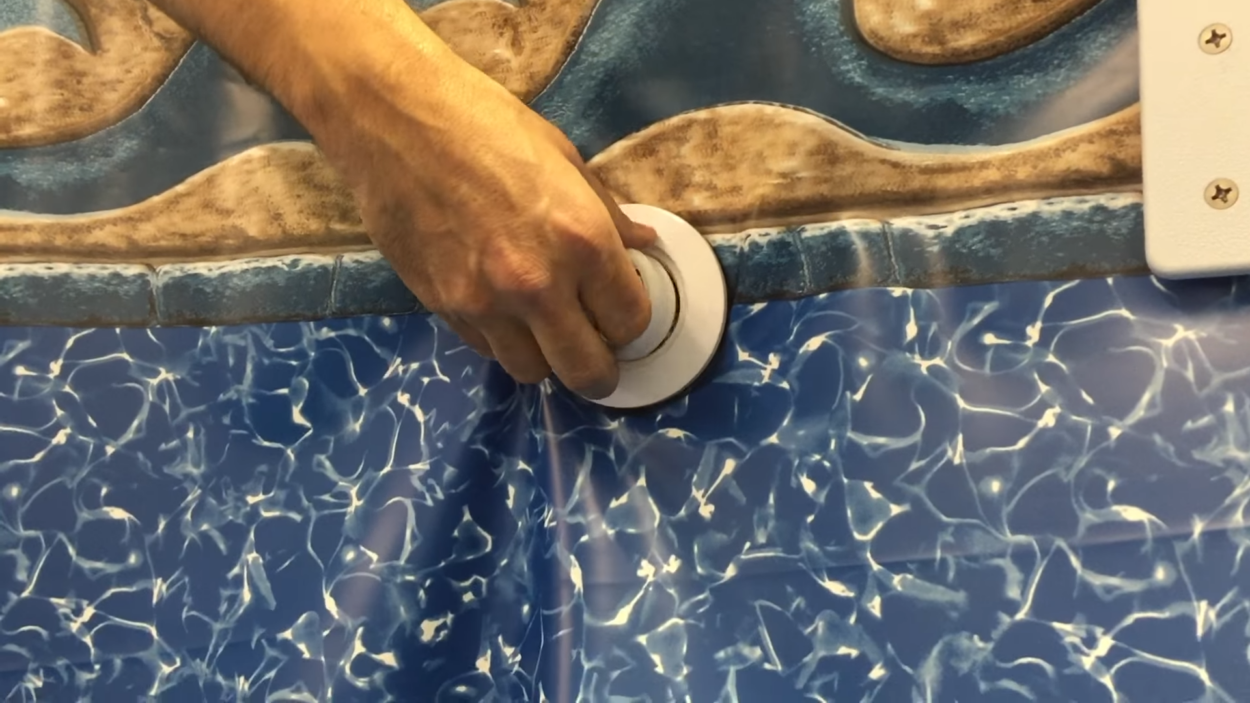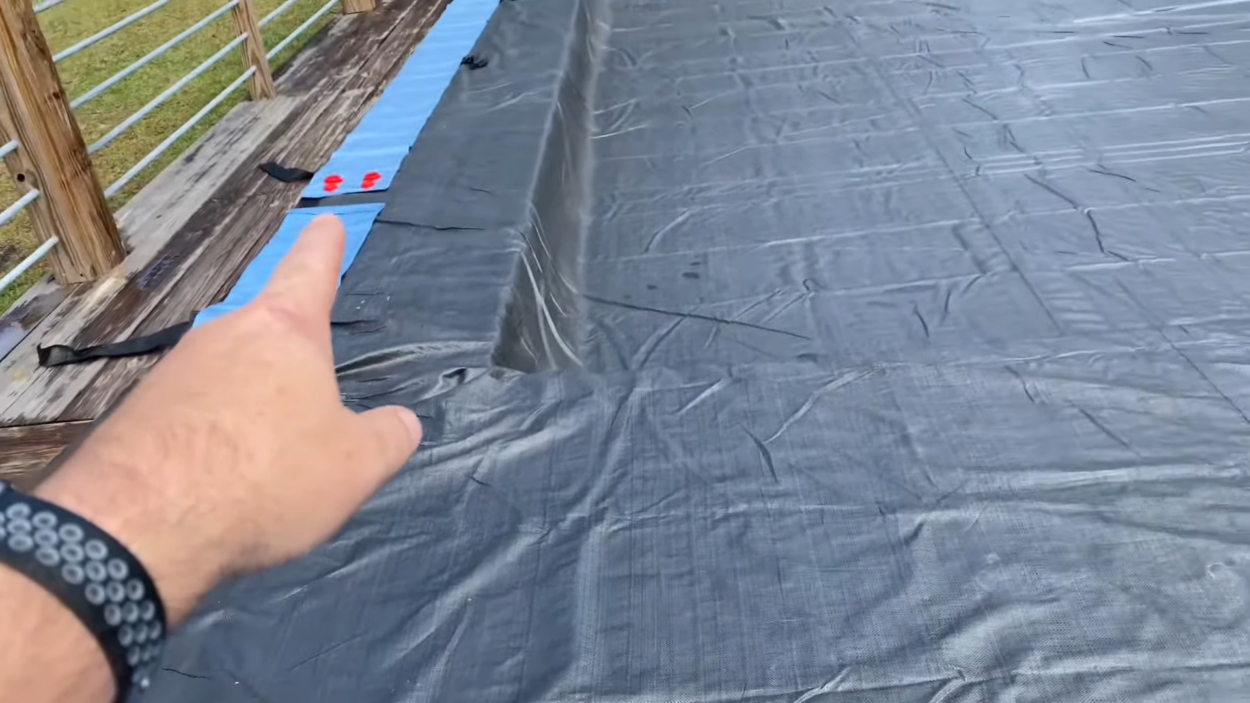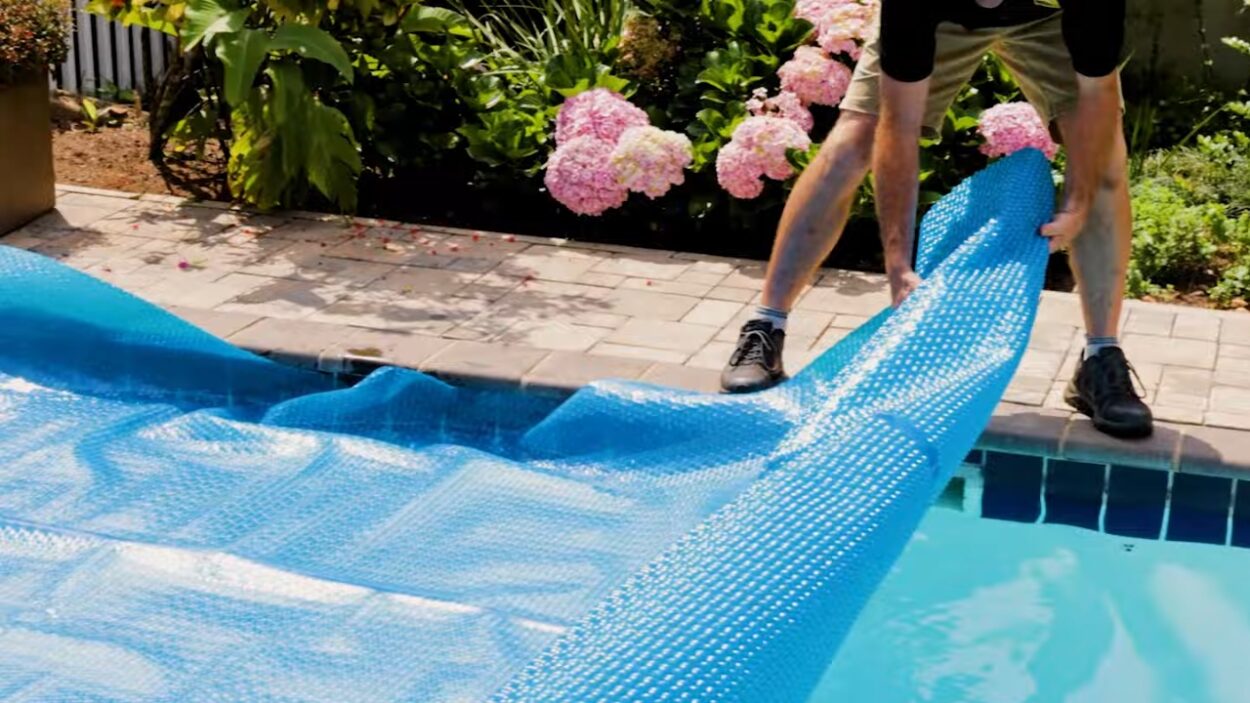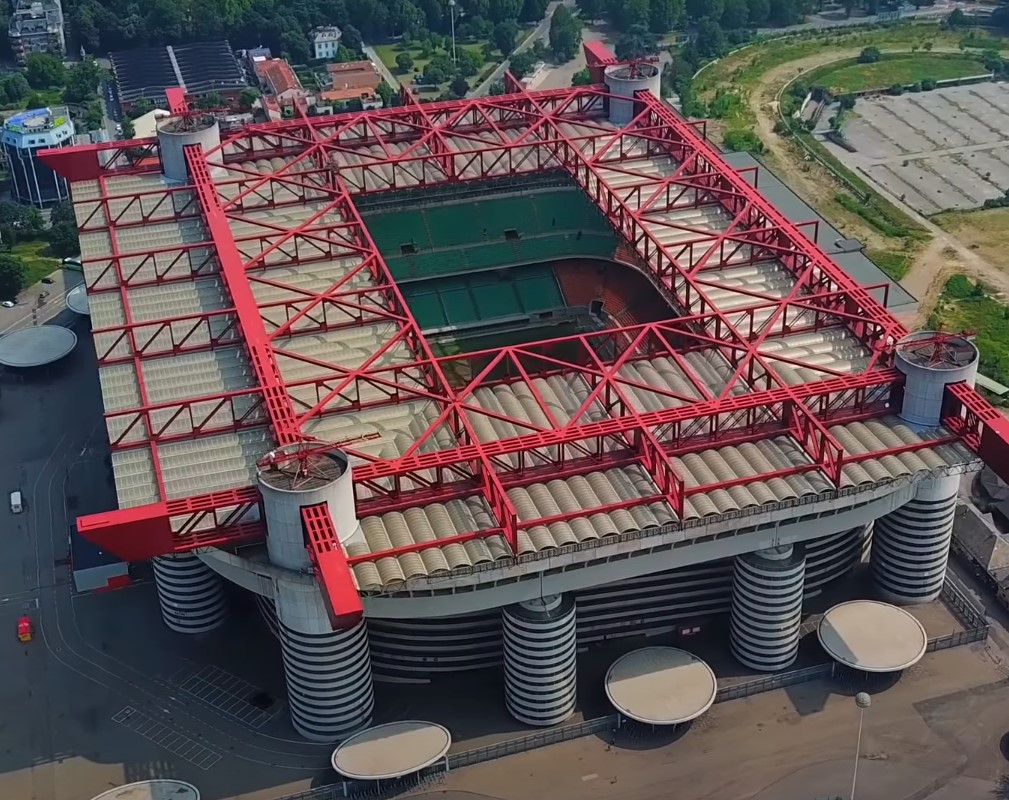Winterizing a pool is crucial for maintaining its condition and ensuring it remains ready for use when warmer weather returns. Proper preparation prevents damage from freezing temperatures and keeps the water clean, saving time and money on repairs and maintenance.
There are also some modern solutions that are easy to maintain, like fiberglass pools. You can learn more about it at Pool Works.
This guide outlines essential steps to protect your pool during the colder months. By following these tips, you can safeguard your investment, extend the lifespan of your pool, and enjoy a hassle-free start to the next swimming season.
1. Balance Water Chemistry
Before closing your pool, it’s vital to adjust the pH, alkalinity, and calcium hardness levels. Properly balanced water protects against corrosion and scale buildup on pool surfaces and equipment. Test the water and adjust these levels to within the recommended ranges: pH between 7.2 and 7.6, alkalinity between 80 and 120 ppm, and calcium hardness between 180 and 220 ppm.
This step ensures the pool’s interior remains in good condition over the winter, preventing costly repairs. Additionally, balanced water chemistry prevents algae growth, making it easier to reopen the pool.
2. Lower Water Level
Reducing the water level is essential for preventing damage from freezing. For vinyl liner pools, lower the water 4-6 inches below the skimmer. For plaster pools, a drop of 2-3 inches is sufficient. This step helps protect the skimmer and other equipment from ice damage.
However, do not drain the pool completely, as this can lead to structural issues and liner damage. The correct water level maintains pressure against the walls, supporting the pool’s structure through the winter months.
3. Clean Pool Thoroughly
A thorough cleaning removes algae, bacteria, and debris, preventing staining and water quality issues. Vacuum the pool, brush the walls and floor, and skim the surface to remove leaves and other debris. Cleaning the filter system is also crucial; backwash sand filters or clean cartridge filters according to the manufacturer’s instructions.
This not only ensures the water remains clear but also reduces the workload when reopening the pool. A clean pool is less likely to develop algae or other problems over the winter, making spring startup smoother and less costly.
4. Add Winterizing Chemicals
After balancing the water chemistry and cleaning, add winterizing chemicals to prevent algae growth and maintain water quality. Use a winterizing kit suitable for your pool size and type. These kits typically include algaecide, which prevents algae growth, and a slow-release floater with chlorine or bromine to keep the water sanitized.
Follow the manufacturer’s instructions for the correct amounts. These chemicals work over the winter to keep the water clear, reducing the amount of work needed when reopening the pool.
5. Drain All Equipment
Water left in pumps, heaters, filters, and hoses can freeze, causing significant damage. Drain all equipment according to the manufacturer’s instructions. Remove drain plugs and store them in a safe place.
For added protection, blow out the lines using a shop vac or compressor to ensure no water remains that could freeze and cause cracks or breaks. This step is critical for preventing costly repairs and ensuring your equipment is ready for use in the spring.
6. Lubricate O-Rings and Gaskets
Before closing the pool, lubricate o-rings and gaskets on pumps, filters, heaters, and chlorinators. This maintenance step prevents drying and cracking, ensuring a tight seal and preventing leaks.
Use a silicone-based lubricant designed for pool equipment. Proper lubrication extends the life of these components, saving money on replacements and repairs. It also makes reassembling the equipment easier when it’s time to reopen the pool.
7. Install Freeze Plugs
Freeze plugs protect your pool’s plumbing from freezing water. Install them in the skimmer, return lines, and any other openings after draining the water to the appropriate level.
These plugs prevent water from entering the pipes, where it could freeze, expand, and cause damage. They are an inexpensive way to safeguard against one of the most common sources of winter damage to pools. Ensure you have the correct sizes for your pool’s fittings.
8. Cover Pool Securely
A tight-fitting pool cover prevents debris, sunlight, and precipitation from entering the pool, reducing the likelihood of algae growth and water imbalance. Choose a cover that fits your pool’s shape and size, and secure it tightly to withstand winds and the weight of snow and ice.
Inspect the cover for tears or holes, repairing any damage to ensure it provides complete protection. A well-secured cover also adds a layer of safety, preventing accidents when the pool is not in use.
9. Inspect Cover Regularly
Throughout the winter, regularly check the pool cover for accumulation of water, snow, or ice, which can strain or damage the cover. Use a pump or siphon to remove water and prevent sagging.
Inspect the cover’s anchors and straps to ensure they remain tight and secure. Regular inspections help extend the life of the cover and prevent debris from entering the pool, making spring cleanup easier.
10. Store Accessories Indoors
Remove and store ladders, diving boards, hoses, pumps, and other pool accessories in a dry, protected place. This prevents damage from freezing temperatures and extends the life of these items.
Clean them before storage to prevent mold and mildew growth, or consider using air purifiers in the storage area to further inhibit mold development and maintain a healthier environment for your pool accessories. Proper storage also reduces the risk of losing small parts and makes it easier to reinstall these items when the pool is reopened.
Conclusion
By taking proactive steps to prepare your pool for the cold months, you can avoid unnecessary repairs and maintain its pristine condition. The effort you invest in closing your pool properly pays off in the long run, saving you time, money, and hassle.
As you follow a comprehensive winterization routine, you create a more manageable and efficient spring-opening experience. Remember, the key to a well-maintained pool lies in consistent care and attention to detail.
With your pool securely winterized, even in regions like Minnesota, you can rest easy knowing that your investment is protected, and ready to provide endless enjoyment and refreshment in the warmer months ahead.

